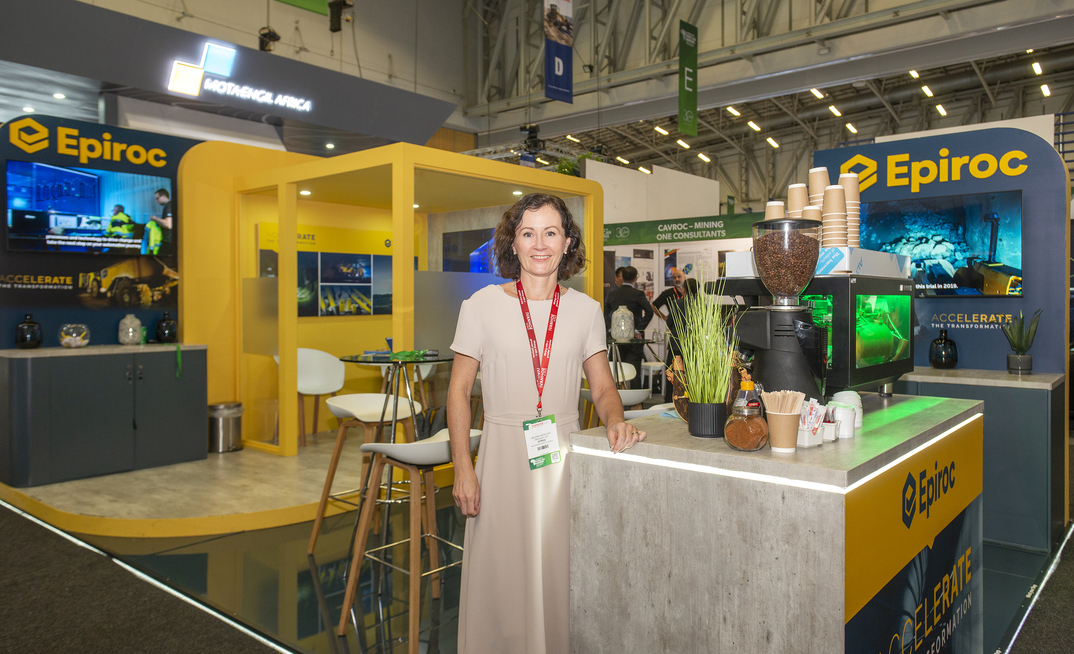Epiroc has made massive strides in the technology space so far this year: winning the largest ever ($24 million) digital order for Codelco's El Teniente; partnering with China's Shandong Gold in a $33 million fleet order; and working with iron ore giant Vale to drive innovation in mining and safety.
"The three themes that we are already investing heavily in are electrification, transforming our digital offering, and automation," president Helena Hedblom told Mining Journal.
"In the future, the mining industry really needs fleet automation so there we are investing in developing the systems needed for that," she added.
"I see those three technology shifts working in parallel with one another," Hedblom explained.
However, it's not just the technology, but the people which make the partnership work - which can be especially challenging when working in remote locations.
"Technology is one thing, but you need to make sure that that we as an organisation - as well as our customers - have the skill levels or are where they need to be to manage these technologies in remote places," she explained.
Cost-cutting
With cost-cutting initiatives now more important than ever, it's understandable that some mid-tier companies may be reluctant to invest in technology.
Recently, a study was launched by IMDEX and partners - a million-dollar, two-year deep dive - into the economics of ore body knowledge to determine the real value of ore body knowledge in mineral exploration and mining.
The study is backed by the Mineral Deposit Research Unit (MDRU) and the Bradshaw Research Institute for Minerals and Mining (BRIMM) at the University of British Columbia, and Ideon Technologies.
"There are so many benefits with the technology," Hedblom said.
Even at the junior level, investments are worthwhile, she added.
"You don't need to go the way of adding autonomous fleets. You can start deploying different digital technologies, where there is big potential to strengthen productivity in the mining area."
"Under a constrained situation from a funding standpoint, there are initiatives that we will still do that will position us better for the future".
The talent gap
As well as investing in the technology it's important to also invest in staff, Hedblom said.
Attracting the younger generation into mining is a well-documented challenge. A recent series of reports for Mining Journal has tackled this issue, finding that mining companies have been battling unprecedented labour shortages since mid-2021, according to official jobs data.
However, the genesis of these shortages can be traced back more than a decade to the end of the last mining boom and a subsequent decline in graduate numbers.
Despite this, Hedblom said that Epiroc has a committed and motivated team.
"This is a time for change," she said.
"We need young people to see the mining industry as more attractive. And I think we collectively have to paint the picture that the mining industry is becoming high-tech. (…) Because I think maybe the younger generation don't really see mining like that."
"So it's good to really focus on the technology - within automation, digitalisation and electrification - because these areas are really maturing. It's the case for trying to get young engineers to join this industry and be able to really make a huge impact in the world."


























